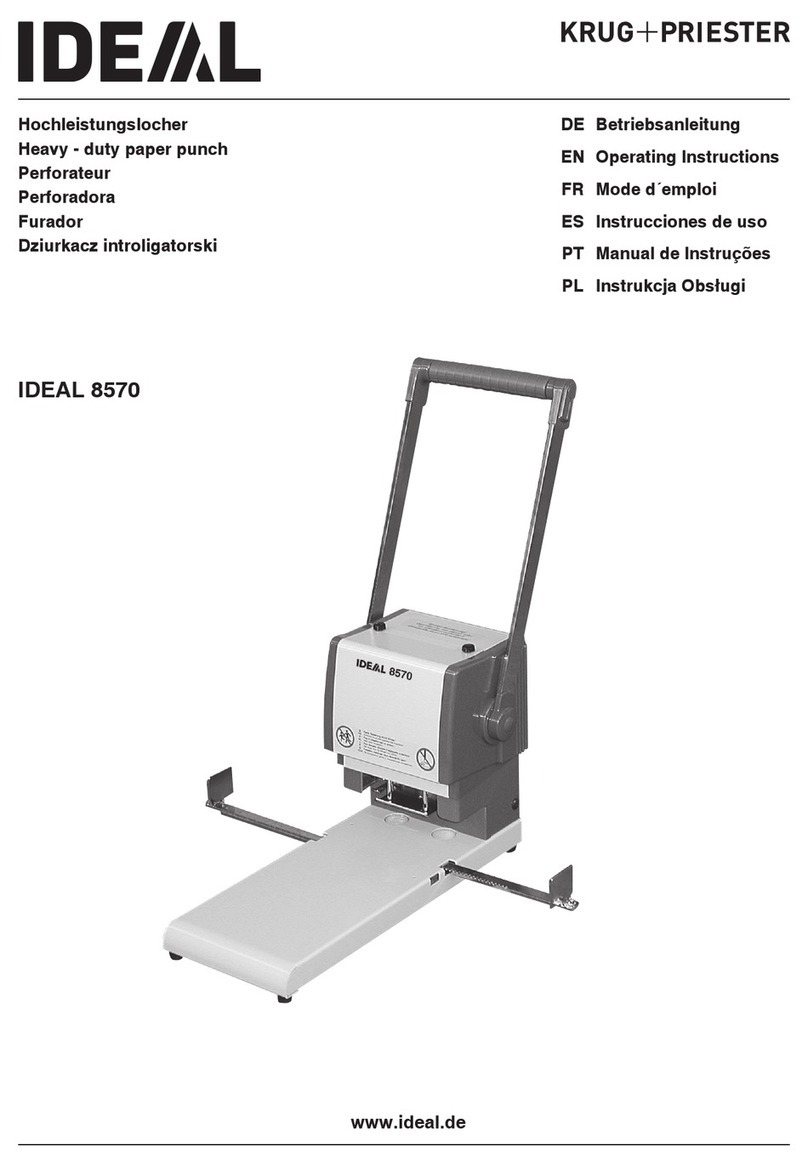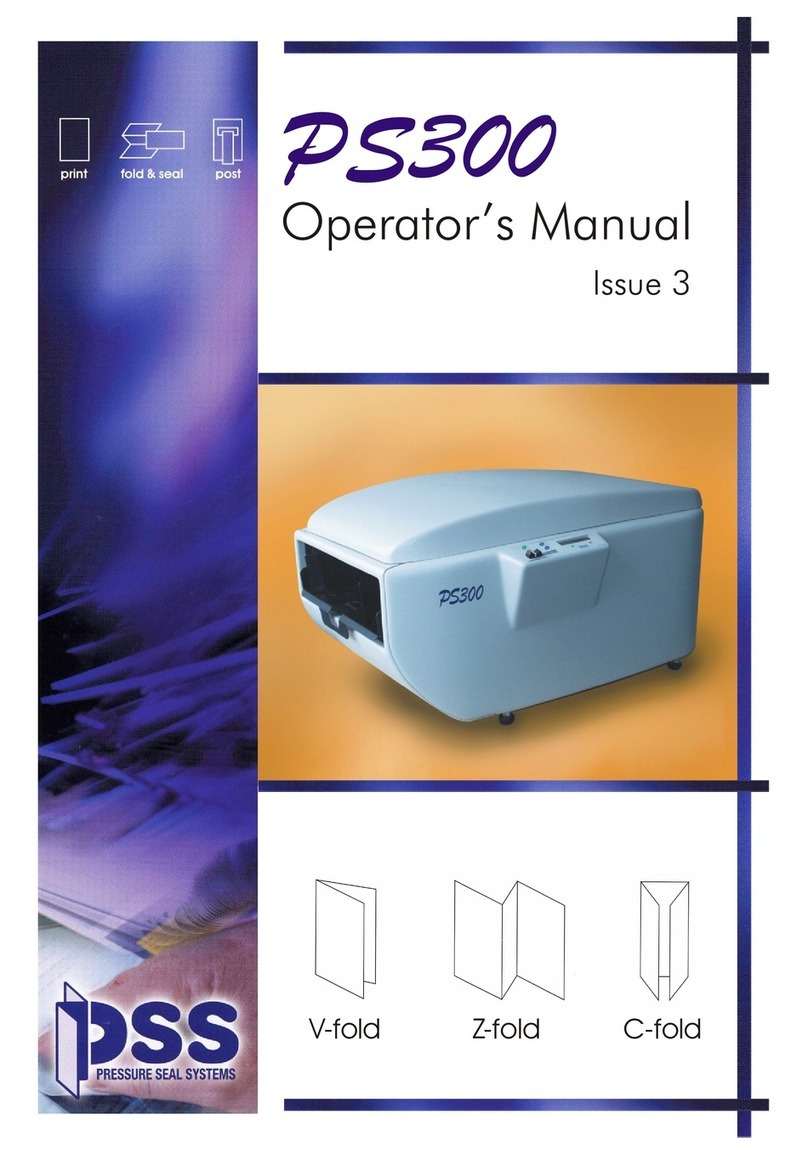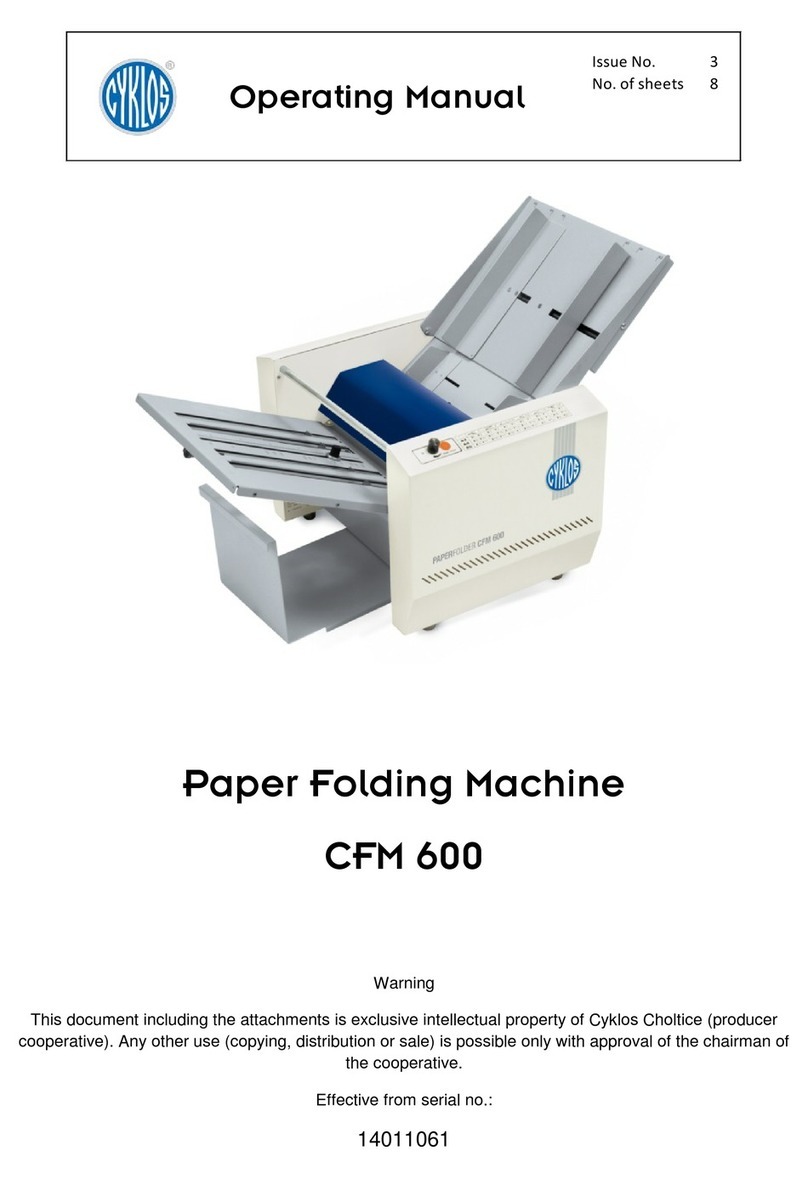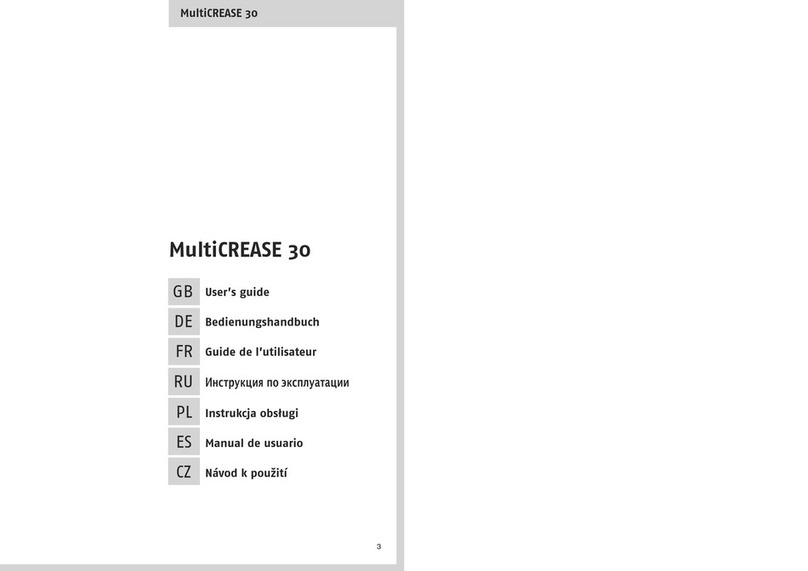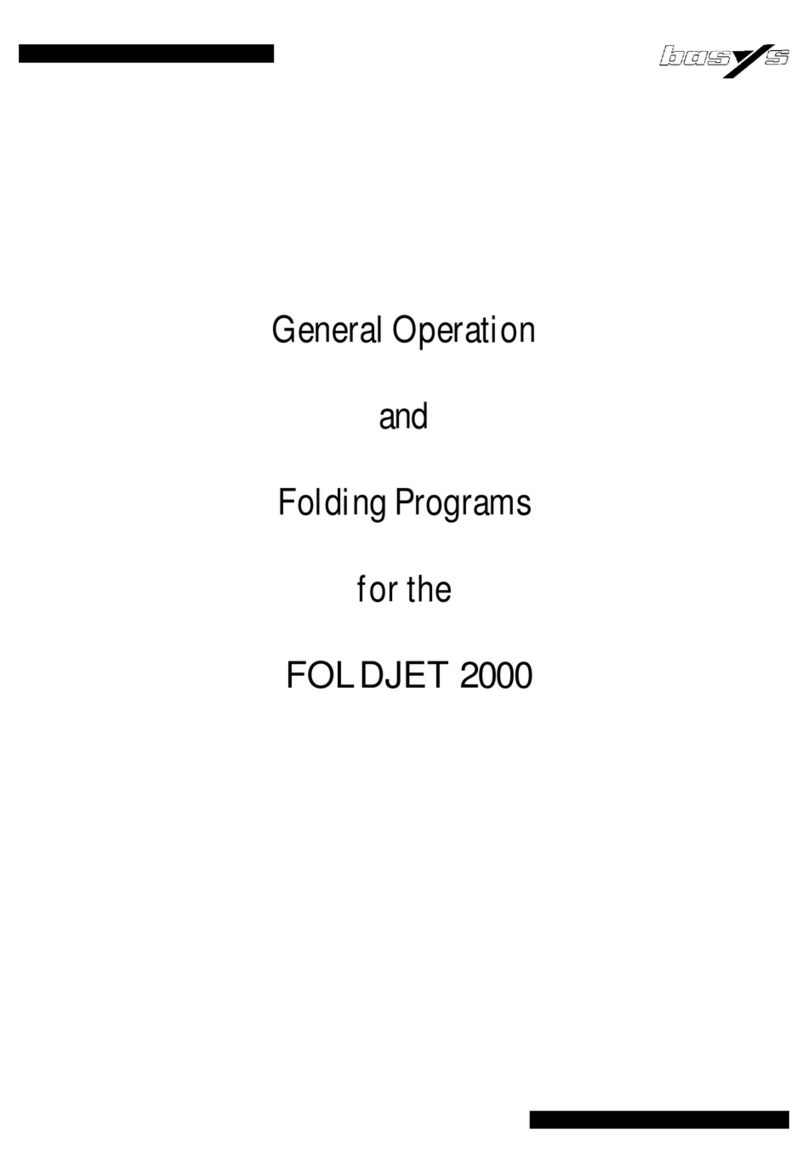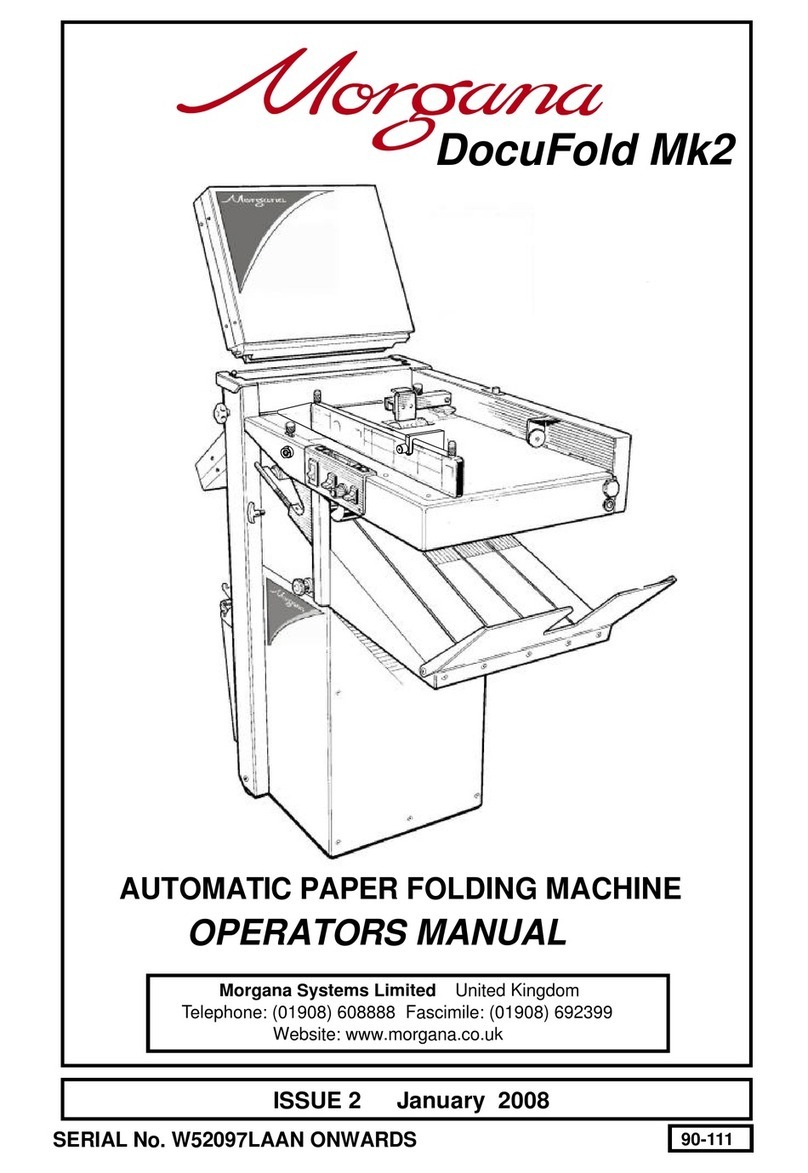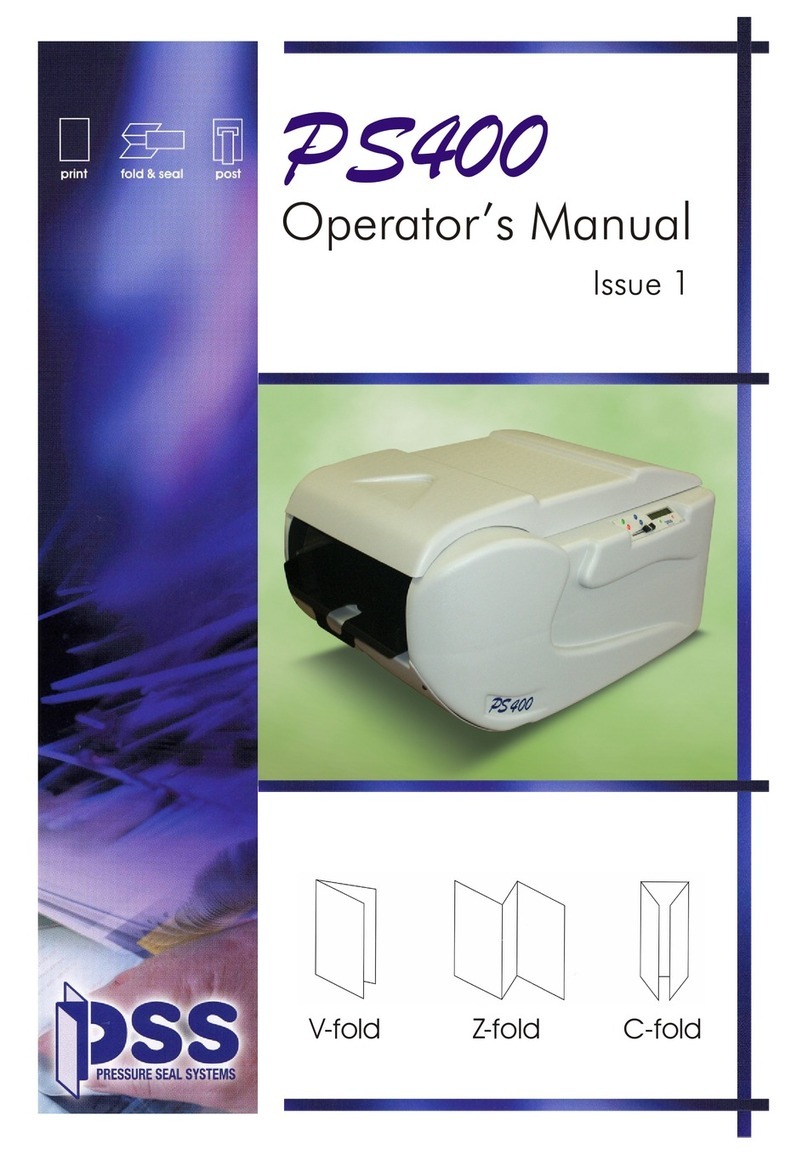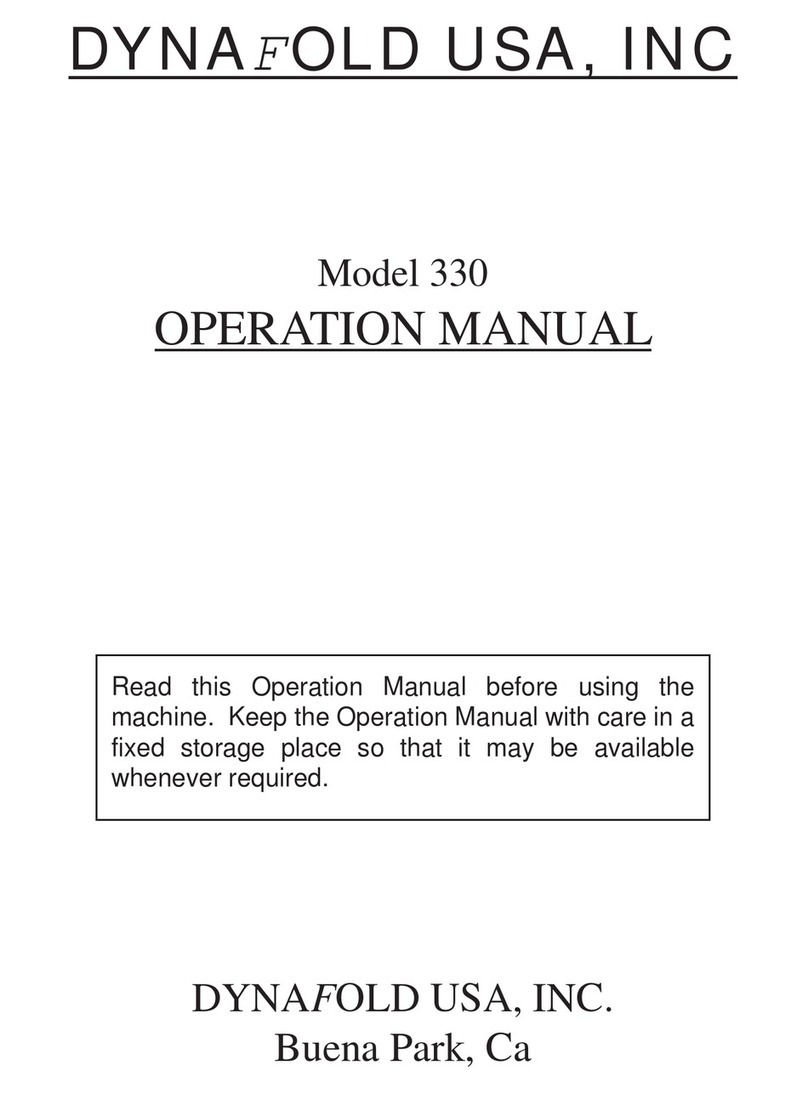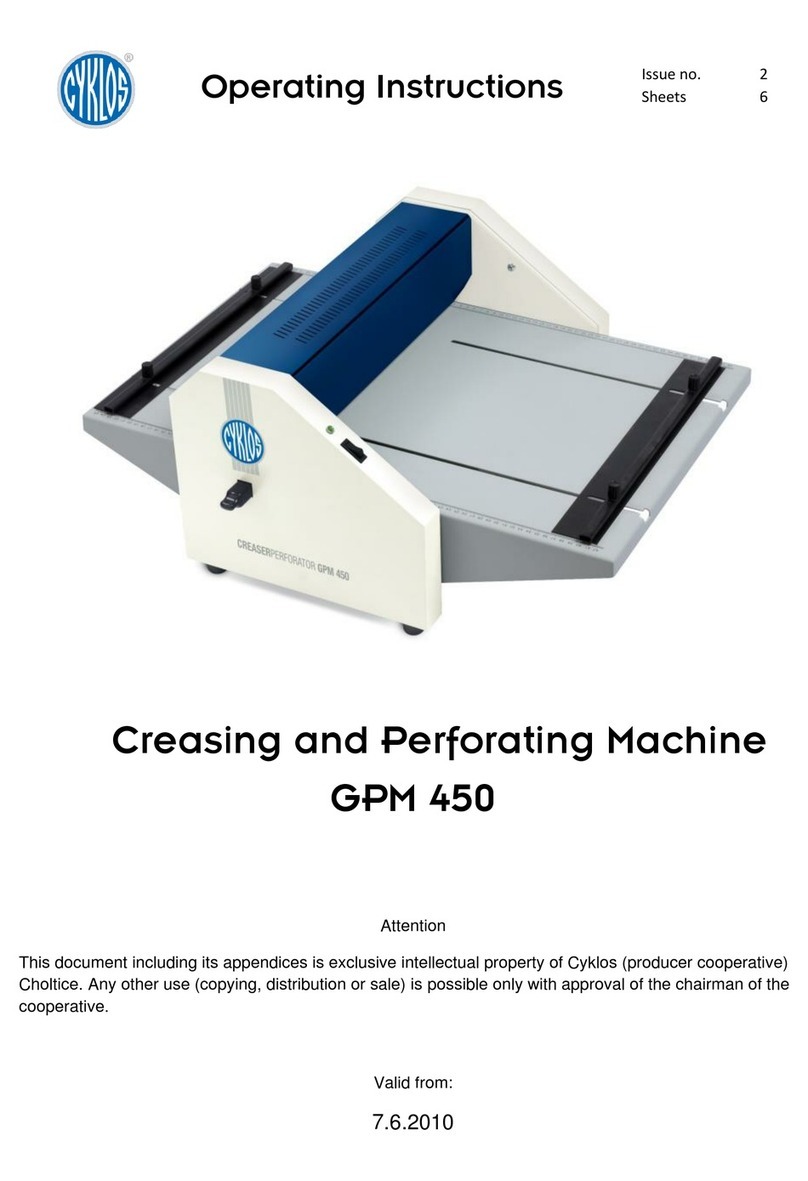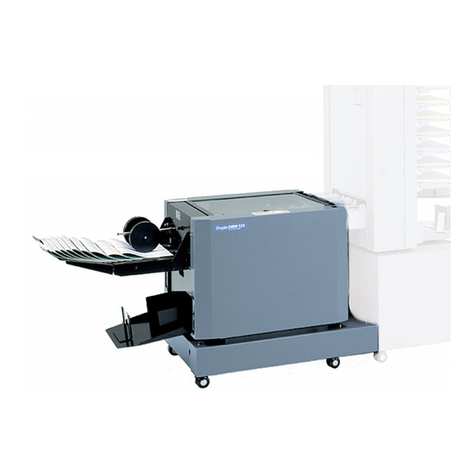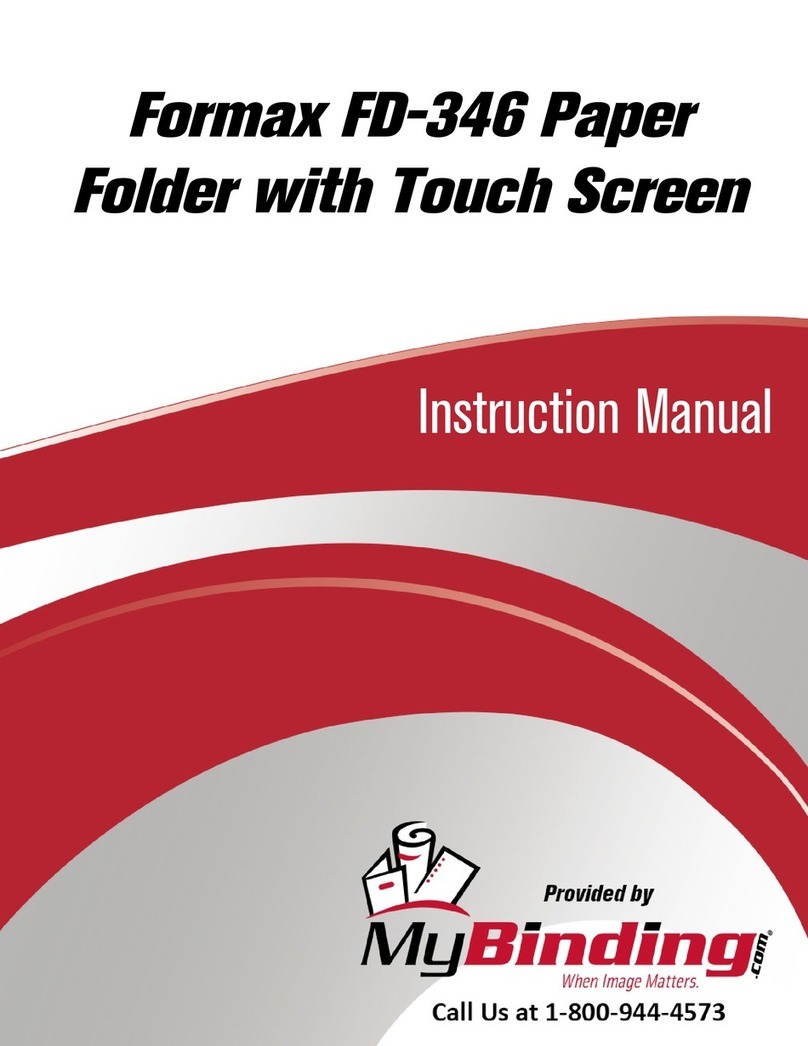
F.669-D/820-870/Jan 98
4
TABLE OF CONTENTS
INTRODUCTION........................................................................................... 2
PACKING LIST ............................................................................................ 3
SPECIFICATIONS ........................................................................................ 5
SAFETY PRECAUTIONS ............................................................................. 6
CAUTION: POWERLOCKOUTPROCEDURE ............................................. 6
WARNINGLABELDEFINITIONS.................................................................. 7
INSTALLATION ............................................................................................ 8
Cleaning.............................................................................................. 10
Power Hookup ......................................................................................11
Power Controls .....................................................................................11
Control Panel........................................................................................11
Squaring.............................................................................................. 12
OPERATION.............................................................................................. 12
Vacuum Feed Sheet Separator ............................................................ 12
Feeding Paper ..................................................................................... 13
Bleeder Valve (Vacuum Adjustment) ..................................................... 14
FoldPlates.......................................................................................... 14
........................................................................................................... 15
Roller Caliper Set up (870 only) ............................................................ 15
Stacker ............................................................................................... 16
Roller Caliper Quick Set Up Guide........................................................ 16
JamDetector....................................................................................... 16
SPECIALAPPLICATIONS .......................................................................... 18
Scoring ............................................................................................... 18
Perforating........................................................................................... 19
Slitting ................................................................................................ 19
RIGHT ANGLE CROSSFOLD SYSTEM...................................................... 20
Installation........................................................................................... 20
ConveyorSetUp.................................................................................. 22
OPTIONAL CROSSFOLDCONVERSION KIT35537 ................................... 23
MAINTENANCE ......................................................................................... 25
Cleaning.............................................................................................. 25
Rollers ................................................................................................ 25
Vacuum Pump–Compressor................................................................. 25
GeneralInspection............................................................................... 26
Lubrication .......................................................................................... 26
Service ................................................................................................ 26
NOTICE ..................................................................................................... 27
MODEL 820 MAIN ASSEMBLY - Left Hand Side ........................................ 28
MODEL 820 MAIN ASSEMBLY - Right Hand Side ...................................... 30
MODEL 820 MAIN ASSEMBLY - Front View .............................................. 32
MODEL 870 MAIN ASSEMBLY - Left Hand Side ........................................ 34
MODEL 870 MAIN ASSEMBLY - Right Hand Side ...................................... 36
MODEL 870 MAIN ASSEMBLY - Front View .............................................. 38
FOLDPLATEASSEMBLY#1...................................................................... 40
FOLDPLATEASSEMBLY#2...................................................................... 42
FEEDER ASSEMBLY ................................................................................ 44
STACKER ASSEMBLY .............................................................................. 46
LONG STACKER ASSEMBLY .................................................................... 47
STACKER WHEEL ASSEMBLY ................................................................. 48
CALIPERASSEMBLY ............................................................................... 49
MEDALIST STAND ASSEMBLY ................................................................. 50
RIGHT ANGLE STAND ASSEMBLY ........................................................... 51


